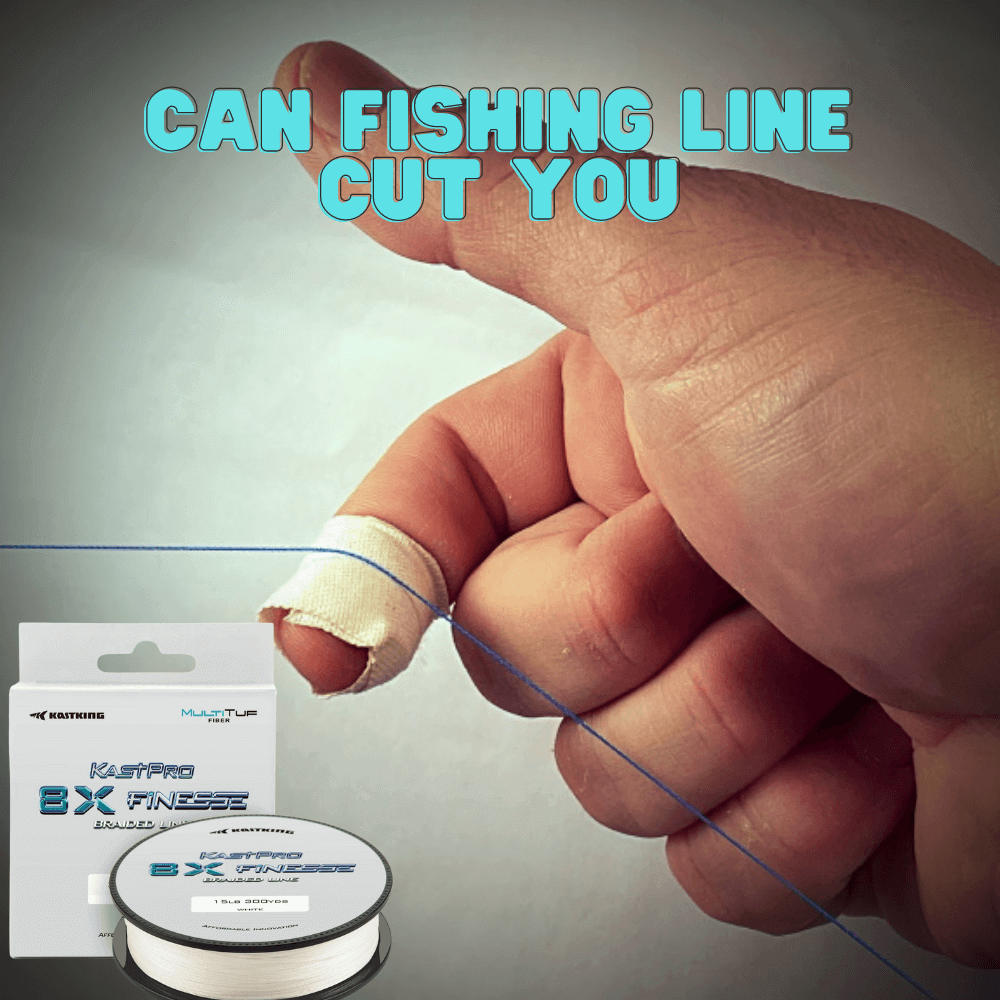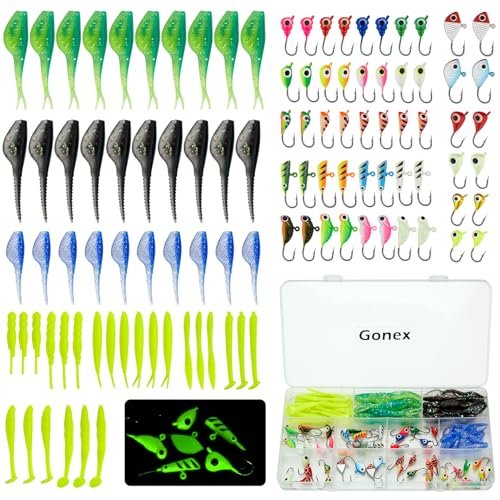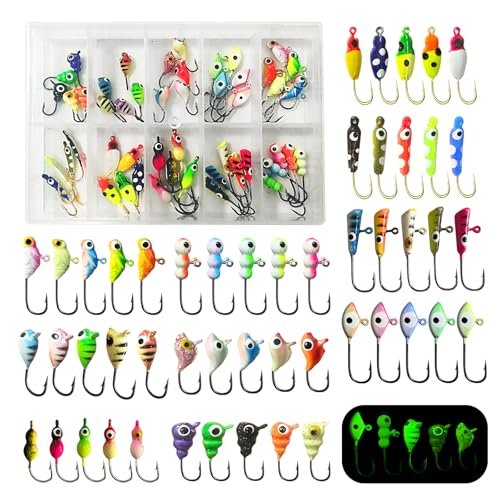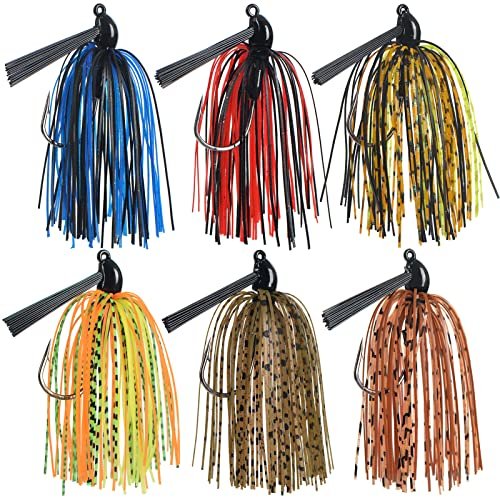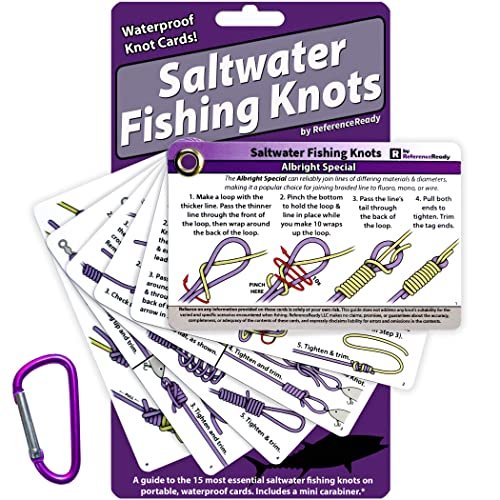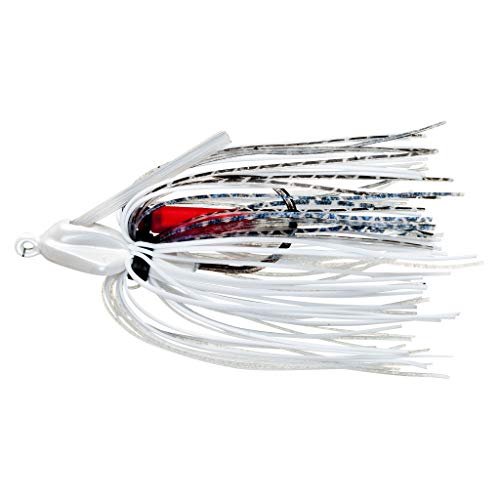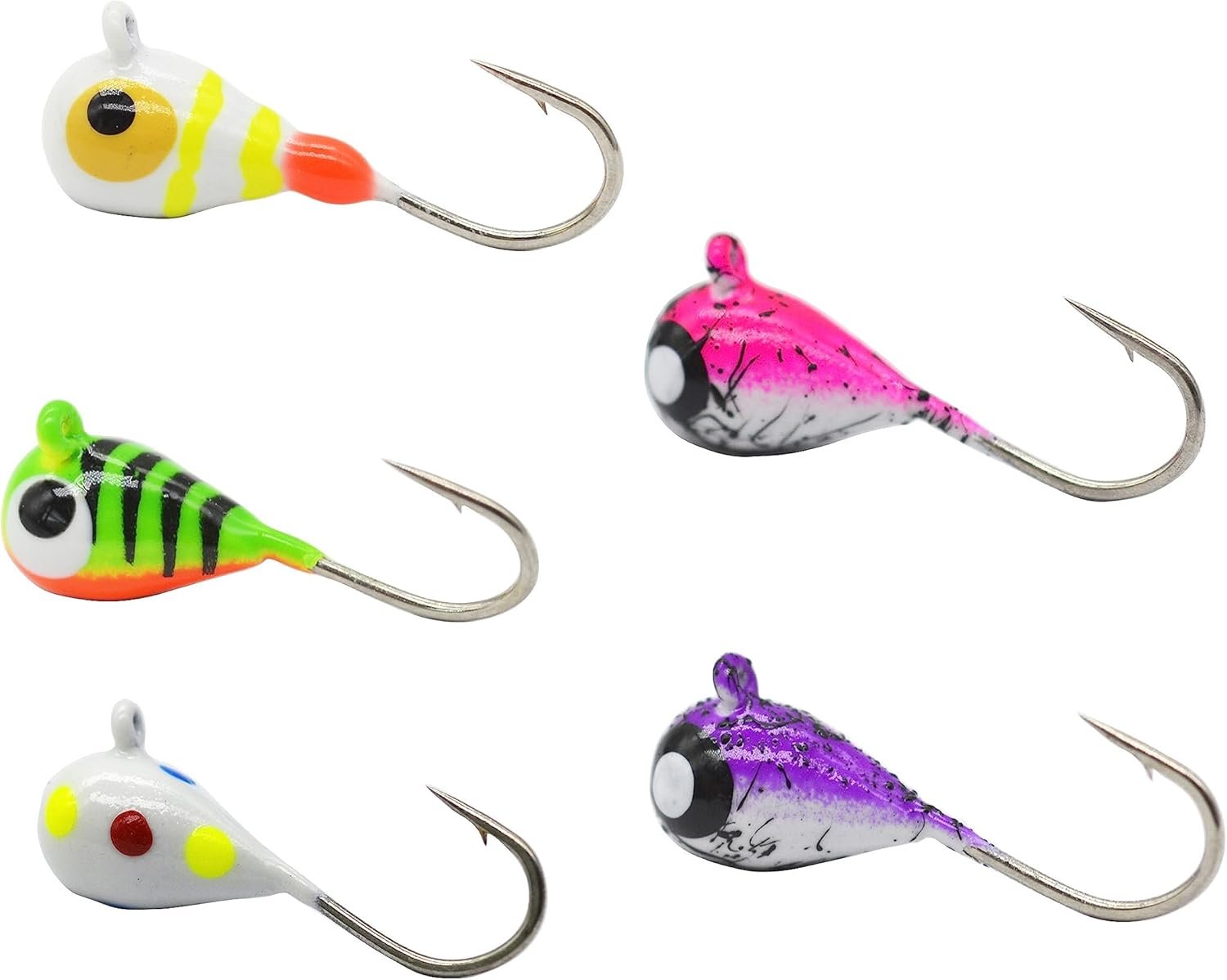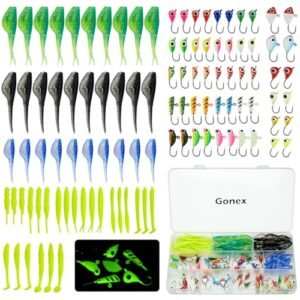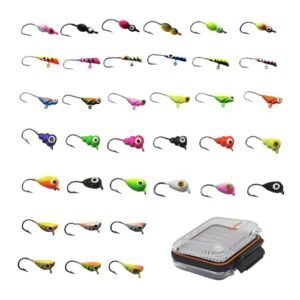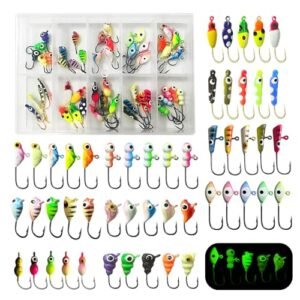Fishing is a popular outdoor activity enjoyed by many. While it offers relaxation and excitement, it also comes with potential risks. One such risk is the possibility of getting cut by a fishing line. These lines, especially when taut, can be surprisingly sharp.
Anglers must handle them with care to avoid injuries. Proper techniques and using the right gear can significantly reduce these risks. Understanding how to manage your fishing line safely ensures a more enjoyable and injury-free experience. Always prioritize safety to make the most of your fishing trips.
The Hidden Hazards Of Fishing Lines
Fishing lines can be very sharp. They can easily cut your skin. Thin fishing lines are the most dangerous. They can slice through flesh quickly. Many anglers have been hurt this way. Wearing gloves can help prevent cuts. Always handle fishing lines with care. A sudden pull can cause deep wounds.
Many fishermen have stories of fishing line injuries. Some have needed stitches. Others have scars from deep cuts. These injuries are often unexpected. Most happen when trying to free a snagged line. Always be aware of the line’s tension. Keep first aid supplies nearby. A simple cut can become serious without treatment.
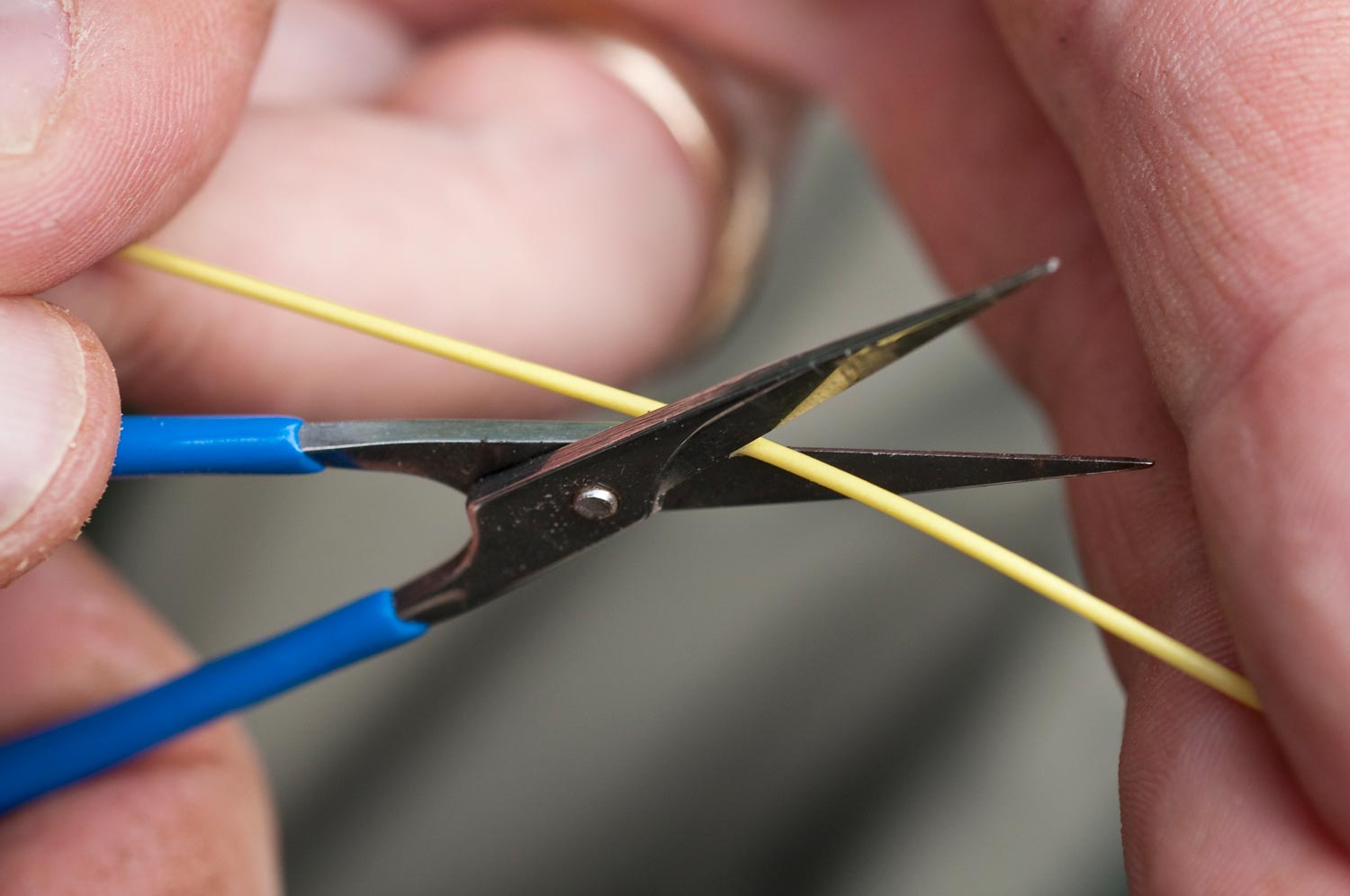
Fishing Line Types And Their Cutting Potential
Fishing lines vary in materials like monofilament, fluorocarbon, and braided. Each type has unique cutting potential. Proper handling is crucial to avoid injuries from sharp lines.
Monofilament Menace
Monofilament line can cut skin easily. It is made from a single fiber of plastic. This line stretches and snaps back quickly. The thin diameter makes it sharp under tension. Always handle with care to avoid cuts.
Braided Line’s Razor Edge
Braided line is very strong and thin. It consists of multiple fibers woven together. This type of line can act like a razor. Anglers often get cuts from it while tying knots. Use gloves to protect your hands.
Fluorocarbon Finesse
Fluorocarbon line is less likely to cut you. It is stiffer and more resistant to abrasion. This line sinks faster and is almost invisible in water. Even so, always stay cautious while handling it.
How Fishing Lines Inflict Cuts
Fishing lines can inflict cuts due to their thin and sharp nature, especially under tension. Proper handling and protective gear reduce injury risks.
Under Tension
Fishing lines can be very sharp under tension. Tension makes the line much tighter. A tight line can cut through skin easily. It is like a thin knife. Always be careful when a fishing line is tight.
Snapping Scenarios
Fishing lines can snap suddenly. A snapping line moves very fast. It can cut skin or even cause deeper wounds. Always keep distance from a tight fishing line. Use protective gear if necessary.
Handling Precautions
Always handle fishing lines with care. Wear gloves to protect your hands. Keep the line away from your face and body. Check the line for frays and damages. Replace damaged lines immediately.
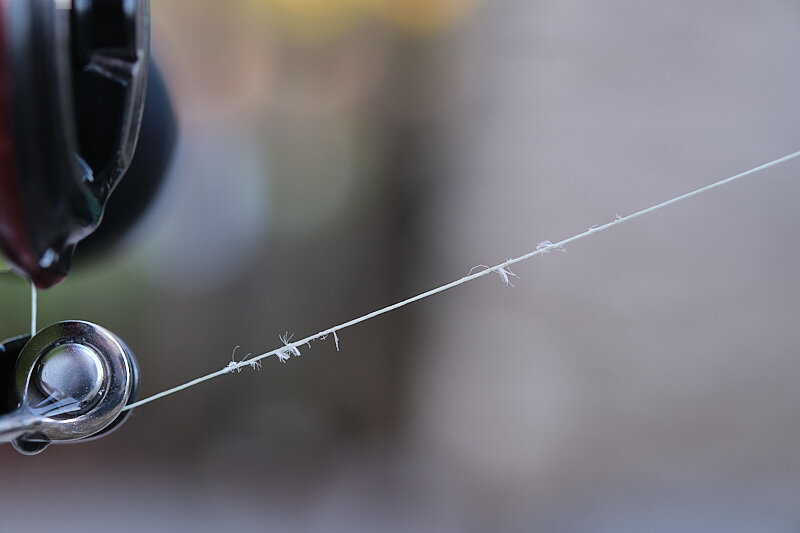
Personal Accounts Of Fishing Line Injuries
Fishing can be fun, but it can also be dangerous. Fishing lines are thin and sharp. They can easily cut skin if not handled carefully. Many fishermen have had close calls. A sudden tug on the line can cause it to snap back. This can lead to deep cuts or even worse injuries.
Some fishermen have scars from fishing lines. These scars are a reminder of the dangers of fishing. One fisherman had a line cut through his glove. The cut was deep and required stitches. Another fisherman got a cut on his leg. The line wrapped around his leg and sliced through his pants. These stories show how important it is to be careful with fishing lines.
Comparing Fishing Line To Other Sharp Objects
A fishing line can cut like a knife. Both can break the skin easily. Fishing lines are thin and strong. Knives have sharp edges. Always handle both with care to avoid injury.
- Scissors can cut skin.
- Paper can cause paper cuts.
- Needles can puncture the skin.
- Razors can easily slice through skin.
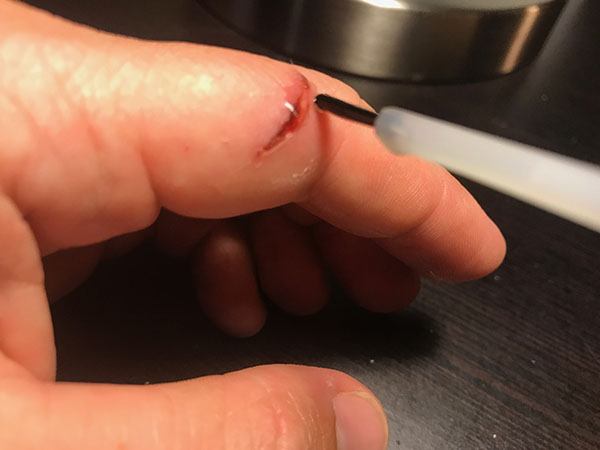
Safety Tips To Prevent Fishing Line Cuts
Always keep your fingers away from the fishing line. Use both hands to manage the line safely. Pull the line slowly and avoid sudden movements. Keep the line tensioned but not too tight. Never wrap the line around your fingers or hand. Store the fishing line properly to avoid tangles. Check the line for knots and damage regularly. Use a line cutter to cut the line instead of your hands.
Wear gloves to protect your hands from cuts. Choose gloves made from cut-resistant materials. Ensure the gloves fit well and are comfortable. Use sunglasses to protect your eyes from the line. A hat can shield your face from the sun and line. Wear long sleeves to protect your arms. Use sturdy shoes to protect your feet from hooks and lines.
First Aid For Fishing Line Cuts
Fishing lines can cause sharp cuts if mishandled, leading to painful injuries. Quick first aid helps prevent infection and promotes healing.
Immediate Actions
Fishing lines can cut your skin. Clean the cut with water. Use soap if available. Stop the bleeding by pressing with a clean cloth. Apply an antiseptic to the cut. Cover it with a bandage to keep it clean. Change the bandage every day. Watch for signs of infection like redness or pus.
When To Seek Professional Help
Seek help if the cut is deep. Visit a doctor if it does not stop bleeding. Go to a hospital if you see signs of infection. Contact a professional if the cut is very large. Always see a doctor if you feel dizzy or weak after the cut.
Environmental Impact And Discarded Lines
Fishing lines can be very dangerous to animals. Birds, fish, and other creatures can get tangled. This can cause injuries or even death. Animals may swallow bits of line by mistake. This can block their stomachs and make them very sick. Discarded lines can also pollute the water and land. This harms the entire environment.
Dispose of fishing lines in special bins. These bins are often found near fishing spots. Recycle lines whenever possible. Many programs collect old lines for recycling. Never leave fishing lines on the ground or in the water. This helps keep wildlife safe and the environment clean.
Frequently Asked Questions
How To Heal A Fishing Line Cut?
Clean the cut with soap and water. Apply an antiseptic. Cover with a sterile bandage. Seek medical help if severe.
How Strong Is A Fishing Line?
Fishing line strength varies by type and brand. Monofilament lines typically support 2-80 pounds. Braided lines handle up to 550 pounds. Fluorocarbon lines support 2-100 pounds. Always choose based on your fishing needs and target fish species.
How To Cast Without Cutting Your Finger?
Use a finger guard or tape to protect your finger. Ensure a firm grip on the line. Practice smooth casting techniques. Avoid jerky motions. Maintain awareness of line tension.
Does Fishing Line Snap?
Yes, fishing lines can snap. Factors include line strength, knots, fish size, and environmental conditions. Regularly check and replace your line.
Conclusion
Fishing lines can indeed cut you if not handled properly. Always use caution and protective gear. Understanding the types of fishing lines and their risks is crucial. Stay safe and enjoy your fishing trips by being mindful of these tips.
Proper technique and safety measures will enhance your fishing experience.
